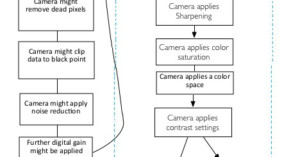
Why You Should Shoot Photos in RAW
Shooting in JPG mode is convenient because you instantly have a file you can throw onto the Internet, but …

Shooting in JPG mode is convenient because you instantly have a file you can throw onto the Internet, but …
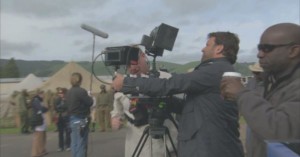
Filmmaker Philip Bloom recently helped Lucasfilm shoot parts of their upcoming film …
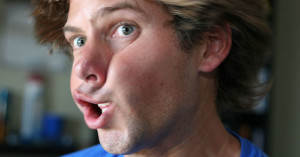
Yesterday we shared some fun portraits of dogs taken while they shook of water, but you can take similar portraits of people too. It's called "jowling", and is far less adorable. Here how Urban Dictionary defines "jowling":
The violent shaking of one's head side-to-side in order to obtain a photograph of one's face distorted from the intense side-to-side motion.
One useful thing you can do with this technique is to simulate a heavy punch to the face.

Update on 12/18/21: This video embed has been removed by its creator, but the video can still be …

Facial recognition technology has become ubiquitous in recent years, being found in everything from the latest compact camera to websites like Facebook. The same may soon be said about location recognition.

It's not a microscope stop-motion animation, but this stop-motion ad Kia created for its 2012 Picanto is pretty incredible. Over the course of 25 days and nights, they used 1200 bottles of nail polish to paint 900 individual fake fingernails. Each nail took a whopping 2 hours to paint.

There has been a lot of discussion regarding social media sites and their scary-sounding terms of services that always …
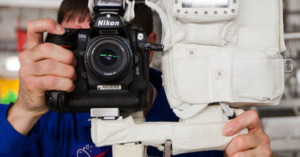
Ever wonder what the bulky white coverings NASA uses on its DSLRs is for? Popular Photography sent the agency some questions regarding its use of the Nikon D2Xs, and found out some interesting details about astronaut photo gear.
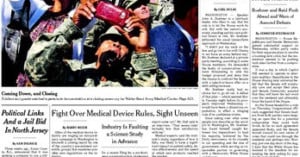
After Bang-Bang Club photographer Joao Silva lost …

For her series "Shake", pet photographer Carli Davidson photographed curious portraits of dogs shaking off water. Use a fast shutter speed and you can capture all kinds of strange expressions on your dog's face.
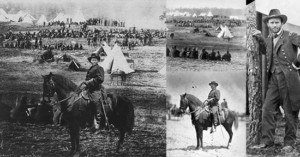
Image forensics company Fourandsix set up an interesting page called “ …
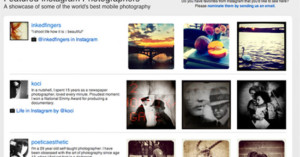
Millions of people know Instagram as a fun way to share photographs, but …
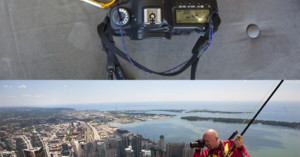
When we shared the practice of “rooftopping” (climbing to the tops of skyscrapers and taking pictures from …

Free stuff is always nice, and free photo stuff is even nicer. Canon and Ilford have teamed up for …
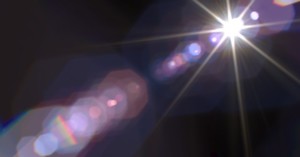
Artificial lens flare is an important part of making certain computer generated scenes look realistic, but up …

Advertising Standards Authority, the ad industry watchdog in the UK, has banned an advertisement by Lancome featuring Julia Roberts for being misleading, stating that the flawless skin seen in the photo was too good to be true.

Some photographers try to make miniatures look like the real world, while others aim to make the …
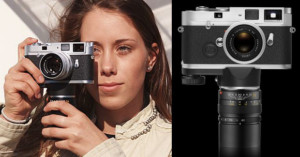
Leica offers a funky $200 lens holder accessory for its M system film rangefinders that screws into the tripod mount and lets you store an extra lens on the bottom of the camera.

For their music video for the song “Bright Siren“, Japanese band …
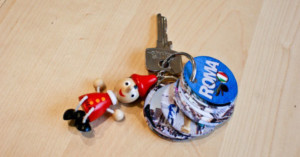
Here’s a fun weekend project: create a tiny keychain photo album with your favorite photos! Simply print out your …

Photographer Sacha Goldberger set up an outdoor studio in a Parisian park and asked joggers who ran by to sprint and then pose for a photograph while out of breath. He then invited the same joggers to visit his studio one week later to be photographed in the same pose, but dressed up. The resulting photos are an interesting series of "raw vs. proper" portraits of strangers.
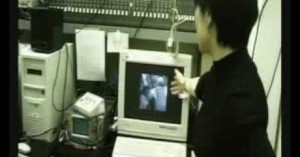
What if in the future, the human eye itself could be turned into a camera by simply reading and recording the data that it sends to the brain? As crazy as it sounds, researchers have already accomplished this at a very basic level.
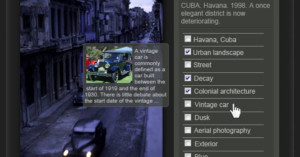
Want to play role in the legendary agency Magnum Photos? Well, now you can as a "Magnum Tagger". The cooperative is having a tough time keeping their large archive of historical photographs organized and easily searchable. Of the 500,000 images they've uploaded to the web, about 200,000 have little or no associated metadata.

“Moonbows” are rainbows that appear at night under moonlight, and are difficult to …
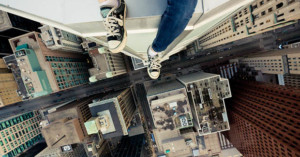
Thrill-seeking photographer Tom Ryaboi is one of the pioneers of "rooftopping", the practice of climbing to the tops of skyscrapers and shooting pictures off the edge. Photographers who participate in this new craze aim to visit the tops of every tall building in their city, capturing the incredible -- and adrenaline-pumping -- views that they afford.
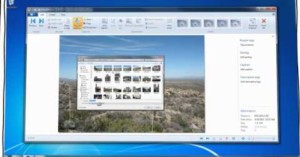
Great news for PC users: Microsoft has finally released a free codec pack …
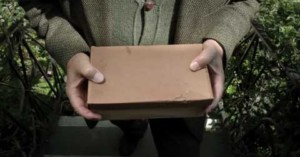
Last year Philips ran a contest called Parallel Lines in which they asked people to create a three-minute short film using only six lines of dialogue: “What is that?”, “It’s a unicorn”, “Never seen one up close before”, “Beautiful”, “Get away, get away”, and “I’m sorry”. After more than 600 entries were submitted, director Ridley Scott selected the above film, titled "Porcelain Unicorn", as the winner.
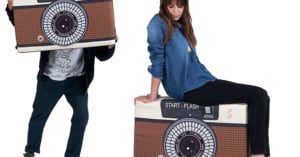
Design studio Woouf! takes different objects and creates epically cool beanbag chairs out …
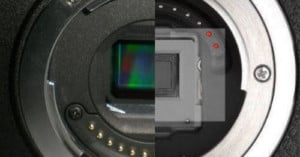
dpreview forum member Jorginho created a couple side by side images showing the recently leaked Nikon mirrorless camera sensor next to other sensor sizes. It gives us a visual look at how big a 2.7x sensor actually is. Above, we see the Nikon sensor next to the tiny Pentax Q sensor, which has a crop factor of 5.7x.
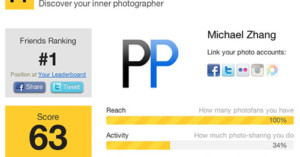
Photorank.me is a new web app that attempts to calculate how influential you …
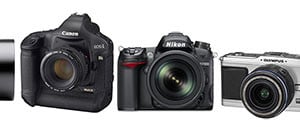
People seem to be having a hard time swallowing the idea that Nikon could do well if their upcoming …

Ties are meant to be soft and comfortable around the neck, so they’re a perfect fit for a do-it-yourself …
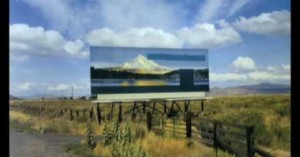
Stephen Shore is an American photographer known for his “deadpan images of banal …

If you’re into experimental film photography at all, Lomography is currently offering a …
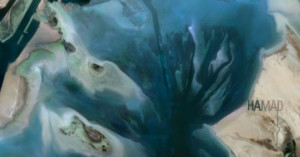
Don’t want people using photos of your private island without permission? Watermark it! Billionaire …

If you’re looking for a fun photography-related way to invest some money, you might want to look into photobook …
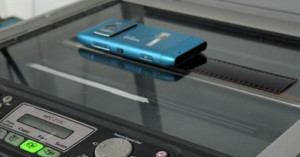
We shared a couple weeks ago that it's possible to scan film using an ordinary flatbed scanner and a DIY cardboard adapter, but did you know you can also use a large-screen cell phone or tablet computer to provide the necessary backlighting? All you need is a way to turn a large portion of the screen entirely white (e.g. a "flashlight" app). Simply place the device facedown over the film on the scanner, and scan it with the cover open.
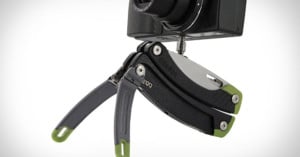
Multi-tools are pretty convenient when you’re wandering around the great outdoors, but they’ve never really been a friend specifically …
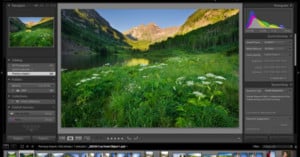
Update: Looks like the item has sold out. Here’s a sweet deal alert: you can currently pick up a …